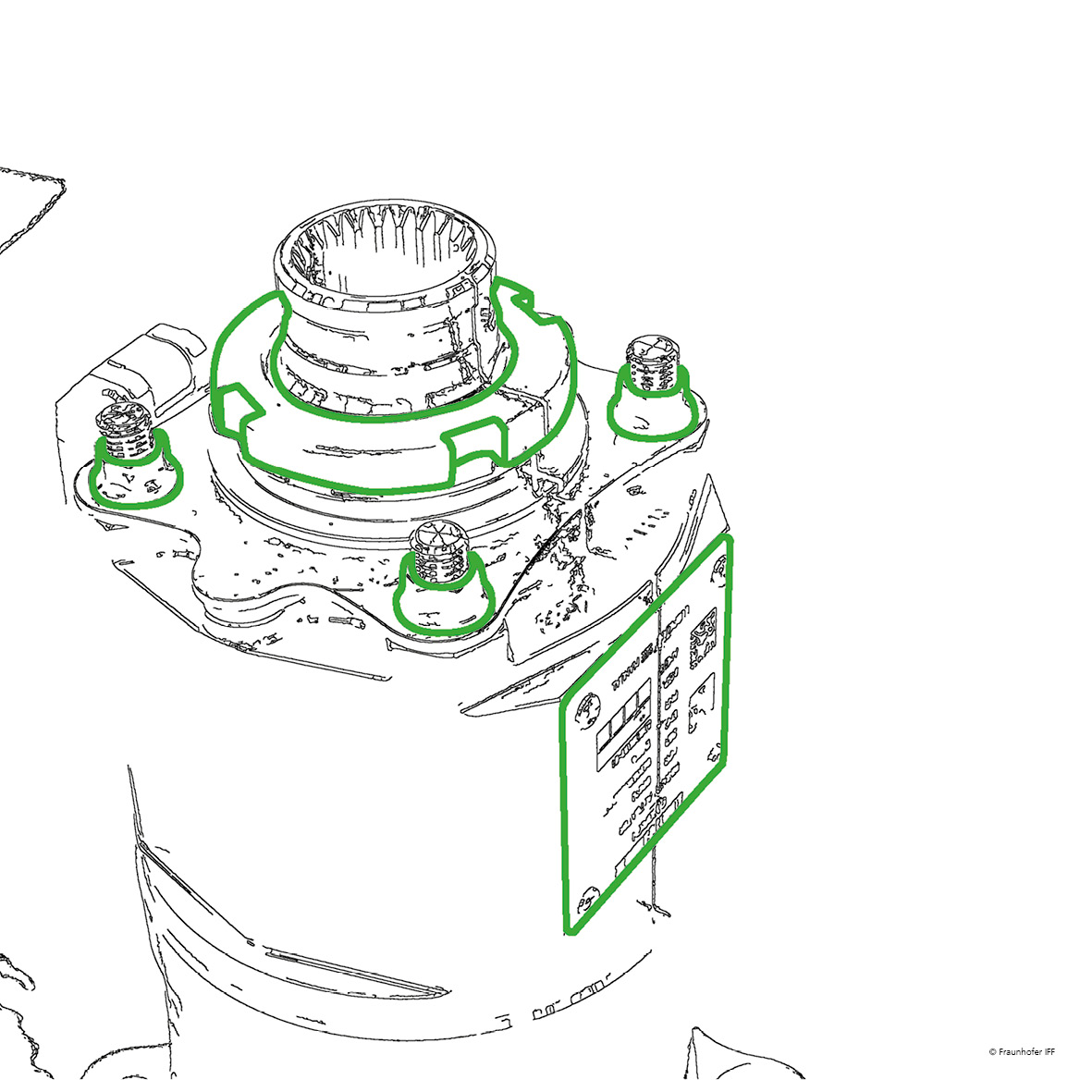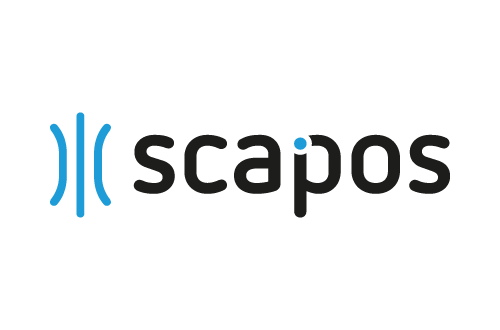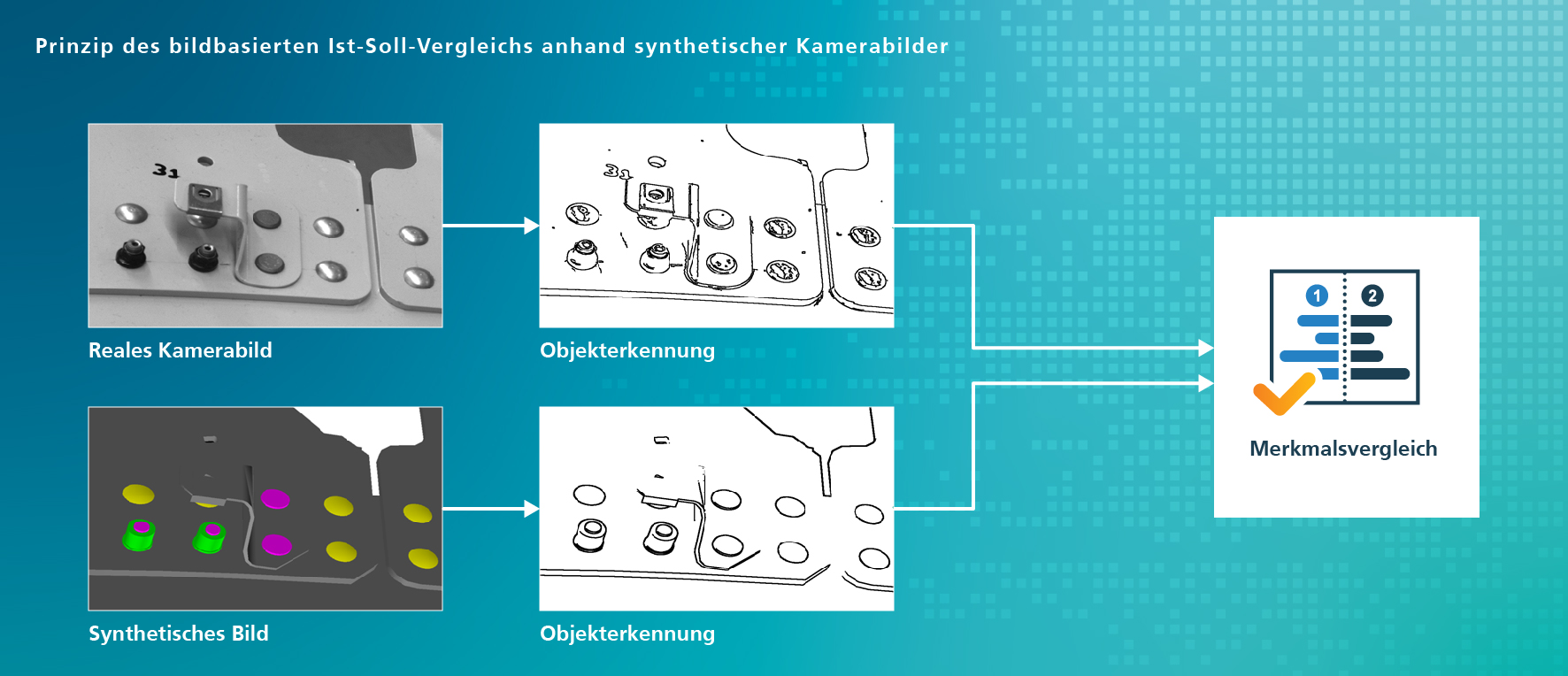We supply methods, tools and licensable software-libraries for your 3D scanning systems
Speed, robustness, automation capability and a suitable measurement principle are the key properties of in-line metrology. The OptoInspect3D technology package developed at Fraunhofer IFF provides you a modular toolkit for implementing 3D scanning systems for specific applications.
OptoInspect3D includes methods and tools to design, configure and simulate optical scanning systems. Functions for rapid, timed and automatic 3D measurement data interpretation and geometrization are another key component. OptoInspect3D additionally includes tools to calibrate and adjust systems configured for specific applications from several sensors and motion components.
Our OptoInspect3D scanning technology can be used in any industry and is suitable for assorted process control and quality inspection tasks, such as inspection of geometric tolerances for dimension, shape and position and assembly and completeness verification. OptoInspect3D has been in use for over ten years and is continuously being refined.







